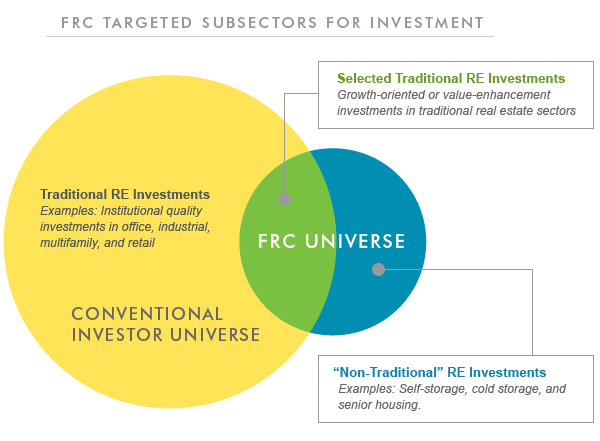How Leverage Works In Investments
Post on: 12 Июль, 2015 No Comment

How Leverage Works In Investments
Last revised on June 28, 2010
Leverage is the strategy of using borrowed money to increase return on an investment. If the return on the total value invested in the security (your own cash plus borrowed funds) is higher than the interest you pay on the borrowed funds, you can make significant profit. While leverage does not change the percentage rate of return (starting with $100 and ending with $115 dollars and starting with $1000 and ending with $1150 is still a 15% return in both cases), leverage can increase the total dollar value of return (a return of $15 is significantly less than a return of $150).
Here’s an example of how leverage can result in outsized returns. Let’s say you have $100 of your own money, and you can borrow $1500 from the bank at an interest rate of 6%. Let’s say you invest the entire $1600 amount in an investment, which you are confident will grow 15% in a year, and return the borrowed money plus interest at the end of a year. The value of the investment will be $1840 at the end of the year and you will pay the bank back $1500 + $90 = $1590, leaving you with a total of $250 and a net gain of $150 once you subtract the initial $100 you invested. That’s a 150% return!
The leverage ratio is defined as the number of dollars being borrowed for each dollar being invested. In the previous example, you borrowed $1500 and invested $100 of your own money; so the leverage ratio was 15x. However, you need to be very careful. What if the security you hoped would grow at 15% a year instead grows at 3%? After paying the bank back for the loan, you will be left with a total of $48 and a net loss of $52. Even though the value of the investment went up, that’s a 52% loss! What if the investment declines by 3%? After paying the bank back for the loan, you will be left with a total of -$38 and a net loss of $138. That’s a 138% loss spun out from what could have been only a 3% loss if you didn’t use any leverage.

The most common use of leverage for an individual investor is in a home mortgage. Most investors use a home mortgage to fund the purchase of a home, with a standard down payment of 15-20%. Just as in the above examples, the down payment of 15-20% translates into a leverage ratio of approximately 4-5x. Leveraging a home purchase is in fact so common because home prices over decades are generally nonvolatile (the housing bubble of 2008 notwithstanding).All types of investments buying stock on margin, company expansions, leveraged buyouts, and hedge funds – employ leverage. And all of these investments work on the same principles in the above examples; they all have leverage ratios and magnify the effect of gains or losses.
An especially significant leverage problem exists with intrinsically more volatile investments, such as hedge funds. When investments underperform, hedge fund managers do not incur losses. They are paid via the 2/20 rule (a 2% management fee and a 20% outperformance fee.) That is, investors typically pay 2% of committed capital to the management company to manage the fund and 20% of returned funds above the initial capital as an incentive. Since the fund manager does not incur losses when an investment the manager holds in the fund results in losses – the manager gets 2% of assets regardless – the added leverage only serves to make investor returns more volatile, exposing investors to significant risk. This is the reason that hedge funds are restricted to accredited investors and larger financial institutions.
The more leverage, the greater returns can be, but the losses can be larger as well. Leveraging your investment essentially makes the return more volatile, and if you can’t stomach the risk, don’t bother. If you own less risky investments than only individual stocks (and we hope you do) it makes little sense to lever your investments. If you want to up the risk in your portfolio, why not just take a smaller step and adjust your equity allocation upward? If you feel particularly strongly about a particular stock, you can invest in a LEAP, which may provide the upside of leverage when returns are high but may allow you to avoid paying out additional principal if the investment goes south.














